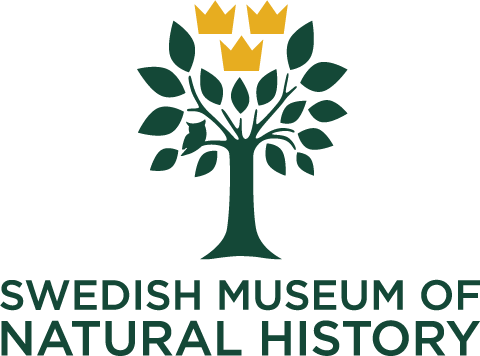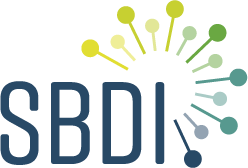Taxonomy
The GBIF Backbone Taxonomy serves as a unified and comprehensive management classification system designed to encompass all the names dealt with by GBIF. It acts as a foundational framework that enables GBIF to integrate name-based information from various resources, including occurrence datasets, species pages, nomenclators, and external sources like EOL, Genbank, or IUCN. This taxonomic backbone facilitates consistent taxonomic searches, browsing, and reporting operations across these diverse resources. Additionally, it enables the mapping of names from one source to another.
The backbone taxonomy is regularly updated through an automated process that utilizes the Catalogue of Life (CoL) as a starting point. The Catalogue of Life provides the complete higher classification above families. Subsequently, additional scientific names obtained from other authoritative nomenclatural and taxonomic datasets are integrated into the taxonomy, thereby expanding the original catalog and enhancing the coverage of names in the backbone. Moreover, the GBIF Backbone Taxonomy incorporates identifiers for Operational Taxonomic Units (OTUs) derived from barcoding resources such as iBOL and UNITE.
The Swedish Taxonomy Database, Dyntaxa, constitutes one of the 100 resources used to build the GBIF Backbone Taxonomy. Read more about the GBIF Backbone and see the full list of checklists behind the GBIF Backbone Taxonomy at the dataset page.




